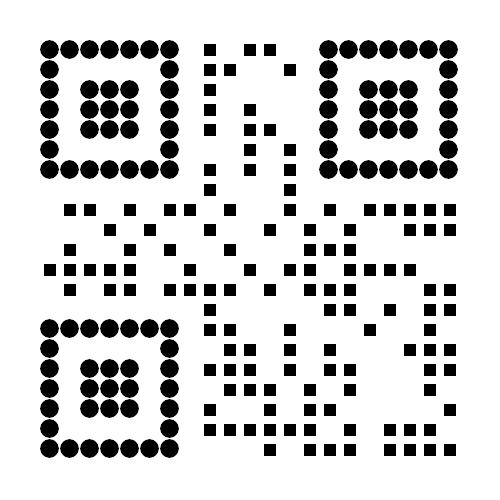20
2024
-
11
Tips for Restoring the Grease of Rubber Rollers
Author:
In a lithographic printing machine, the ink transfer roller, ink distribution roller, and plate roller serve the functions of supporting, transferring, and shifting the ink, and these rollers are made of rubber.
In the offset printing machine, the ink transfer roller, ink distribution roller, and plate roller that bear, transfer, and shift the ink are rubber rollers. These rubber rollers often work in conjunction with ink rollers and heavy rollers made of different materials. Using a mixture of rubber cloth cleaning reducer and gasoline, and employing different cleaning methods, this approach plays a crucial role in saving cleaning materials, stabilizing the performance of rubber rollers, ensuring print quality, and reducing printing failures.
In the offset printing machine, the ink transfer roller, ink distribution roller, and plate roller that bear, transfer, and shift the ink are rubber rollers. These rubber rollers often work in conjunction with ink rollers and heavy rollers made of different materials. Generally, the higher the oil absorption performance of the rubber roller, the better the ink adhesion and transfer performance on it. After being used for a long time, the rubber roller often develops an aging film on its surface, which reduces its oil absorption performance, adversely affecting the normal transfer of ink, especially for easily emulsified ordinary inks and some special inks that are prone to water absorption and discoloration. In this case, it not only easily causes severe ink emulsification but also tends to lead to ink accumulation on the rubber roller, resulting in enlarged print dots and blurred text.
To avoid the aforementioned adverse phenomena, we often use rubber cloth cleaning reducer during the work process to restore the good oil absorption of the rubber roller. Due to the rapid evaporation of the rubber cloth cleaning reducer, uneven application, excessive expansion of the rubber roller, and inconsistent recovery conditions often occur, affecting its stable performance. In response to this situation, we have adopted the following methods.
If the aging of the rubber roller surface is mild, first disassemble the rubber roller and place it on the ink roller support. Take a plastic or glass container and pour a certain amount of gasoline into it, then add the rubber cloth cleaning reducer in a 1:20 ratio to the gasoline and stir the mixture (the amount of the mixture should be determined based on the aging degree of the rubber roller and its specific requirements). Then, use cleaning tools or gauze to soak the mixture and quickly wipe the surface of the rubber roller, ensuring that the entire surface is sufficiently wetted. After the mixture alleviates the aging film on the rubber roller, perform a thorough cleaning. To ensure good cleaning effect and recovery performance, it is advisable to wipe from one end of the rubber roller to the other and continuously rotate the rubber roller evenly so that the surface of the rubber roller is fully restored. If the cleaning effect is not satisfactory after one cleaning, a second or third cleaning can be performed until a good cleaning effect is achieved.
If the aging of the rubber roller surface is severe, the rubber cloth cleaning reducer can be mixed with gasoline in a 1:10 ratio (this ratio can be adjusted based on actual conditions to achieve rapid cleaning). The specific cleaning method is basically the same as the previous case. However, it is worth noting that cleaning with an increased mixing ratio should be done quickly to avoid a decrease in cleaning performance due to the volatility of the mixture. If the aging of the rubber roller surface is mild or if there is a strong adhesion layer of ink on the surface, the rubber cloth cleaning reducer can be mixed with gasoline in a 1:20 or 1:15 ratio after changing the ink or thoroughly cleaning the ink from the ink roller, and then poured onto the ink transfer system of the printing machine. At the same time, the printing machine should be rotated to ensure that the mixture is evenly distributed on each rubber roller. After the printing machine runs for 1-2 minutes, stop and check the cleaning effect and recovery condition of the rubber roller. If the oil absorption of the rubber roller surface is still low or if there is still an ink layer, more mixture can be poured onto the rubber roller, and the above cleaning method can be continued until the requirements are met. Finally, while the surface of the rubber roller is still wet, apply some white ink to the ink transfer roller and ensure it is evenly dispersed. This can help integrate the cleaned ink pigments and the aging substances on the rubber roller surface into the ink, ultimately allowing the ink to be fully transferred or cleaned off.
This method of using a mixture to directly clean the rubber roller and restore its oil absorption on the printing machine is very simple and saves a lot of time compared to removing the rubber roller for cleaning. This method is especially suitable for the process of changing from dark ink to light ink, effectively eliminating the adhesion and residue of dark ink on the rubber roller, thus avoiding changes in ink color due to mixing. During the work process, we also use the mixture to regularly or irregularly clean the rubber roller, which is very beneficial for preventing the aging of the ink roller. Good results indicate that the method of using a mixture of rubber cloth cleaning reducer and gasoline, along with different cleaning forms for cleaning rubber rollers, is indeed feasible. This method plays a crucial role in saving cleaning materials, stabilizing the performance of rubber rollers, ensuring print quality, and reducing printing failures.
Offset printing machine,Rubber roller
Previous article
Next article
Previous article
Next article
Latest developments
2025-08-04
Enhancing Electronics Manufacturing Processes through the Use of EVA Rollers
Enhancing Electronics Manufacturing Processes through the Use of EVA Rollers Table of Contents 1. Introduction to EVA Rollers in Electronics Manufacturing 2. Understanding the Role of EVA Rollers in Manufacturing 2.1 What are EVA Rollers? 2.2 Key Characteristics of EVA Rollers 3. Benefits of Using EVA Rollers in Electronics Manufacturing 3.1 Increased Efficiency 3.2 Enhanced Product Quality 3.3 Co
2024-11-20
The application of vacuum rollers in the packaging industry.
The vacuum roller creates a vacuum environment on the surface of the roller, allowing objects to be firmly attached to the roller, thereby securing the objects.
2024-11-20
Selection of Adhesives for Polyurethane Rubber Rollers
Rubber rollers are cylindrical products made of rubber that has been vulcanized, possessing sufficient surface viscosity.










